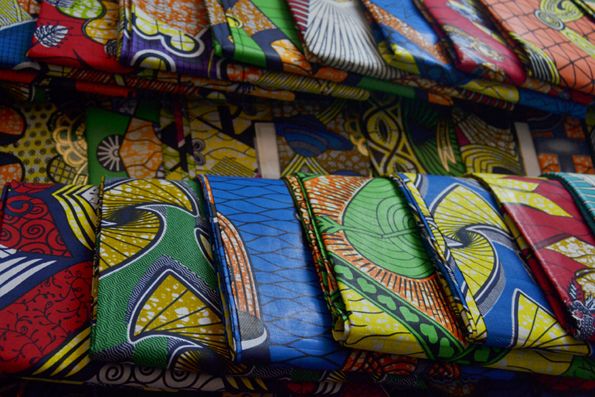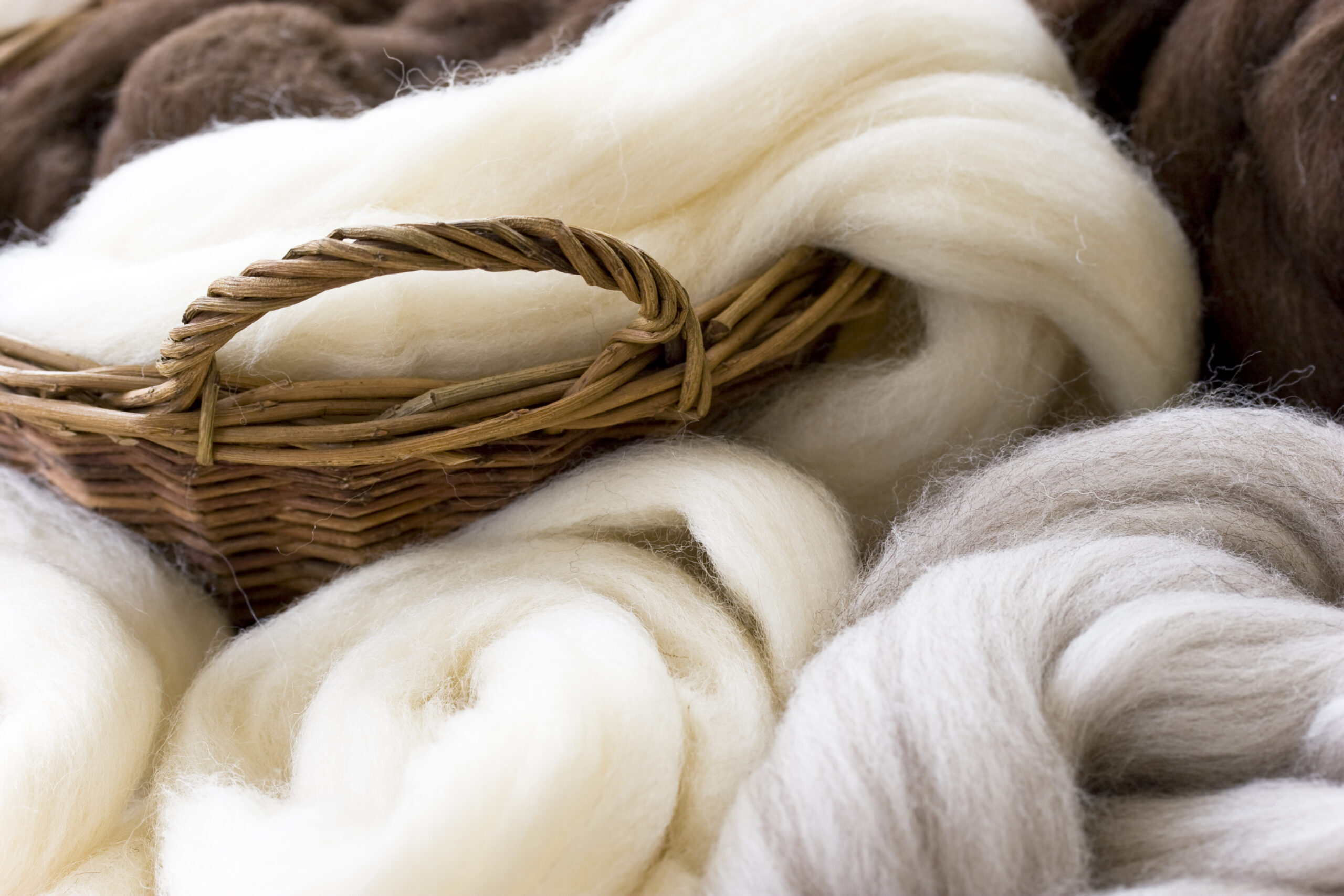Tracing the Kitenge Route From Indonesia to Kenya

Image credit: adeledejak.com
Kitenge, chitenge, chitenje. This colourful textile is known by many names and is worn in many countries around the African continent including Kenya, Rwanda, Congo, Nigeria, Cameroon, Malawi, Senegal and more. Although the kitenge is now intertwined with African identities, it has its unlikely origins in Asia, from the world’s most populous island – Java in Indonesia.
How the Kitenge came to be known as an African cloth
The kitenge is made using the resist dyeing method, particularly, wax resist dyeing, whereby patterns are drawn onto a cotton piece of cloth using hot wax to prevent the dye from reaching all parts of the cloth during the dyeing process. This practice was adopted from the traditional Indonesian wax resist dyeing technique known as batik. In batik, the hot wax is adhered onto the cloth using a spouted tool known as a canting. The intricate patterns usually comprise of dots and lines and the process of drawing them is time-consuming.
In the 18th century, during their colonial era in Indonesia, the Dutch and English came across the batik technique, and decided to mass produce the Javanese fabrics using an automated dyeing process. It is from this European production process that the terms Dutch wax and wax Hollandaise stem, as the automated process mainly took place in Holland. When the Europeans tried to sell their products in Indonesia, their enterprise failed as Indonesians preferred the quality of their traditional handmade products to the mass-produced European ones.
Luckily for the Dutch, they noticed that, during their stopovers at West African ports on their journeys to Indonesia, there was a keen interest in these fabrics from Africans. Thus, they turned their attention to the new market and began to adapt the style of the fabric to suit African tastes.
From An Imported Cloth to A Marker of African Identity
Following the introduction of the fabric into the continent, Africans adopted the technique but made the textile designs their own by creating patterns and designs that incorporated vibrant African art and people and matters of significance on the continent. The African take on batik was playful and fun, and it took the continent by storm. With the expansion of trade routes from road to plane in the 20th century, movement around the continent became much easier, and, so, the kitenge travelled from the West to the East to the South along what is cheekily called the kitenge route.
Kitenges can be worn in a variety of styles, including stylishly wrapping them around the body, using them to make slings in which to carry young babies and putting them on display as decorative pieces within the home. During colonisation in Kenya, colourful textiles were frowned upon in formal spaces. This Western attitude towards flamboyant dress and vibrant colour seeped into the indigenous psyche and still plagues many professional spaces in the era post-colonial era. However, in recent years, with the reclamation of our heritage, these outdated and prejudiced views have eased up and kitenges are now incorporated into official clothing.
Which ways do you incorporate the kitenge into your daily clothing? Let us know in the comments!



